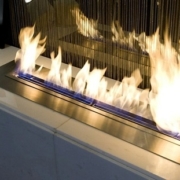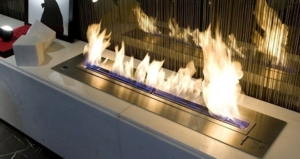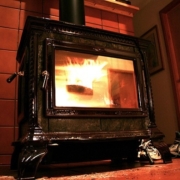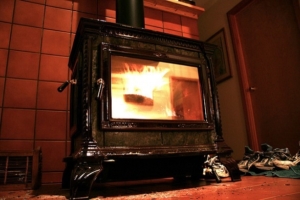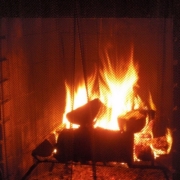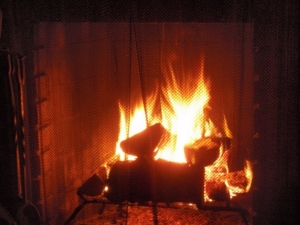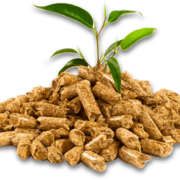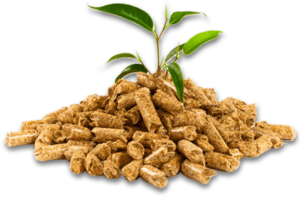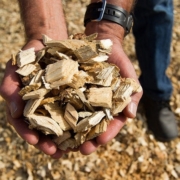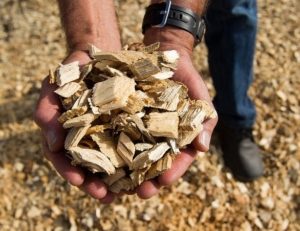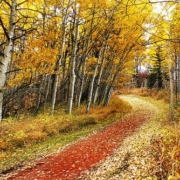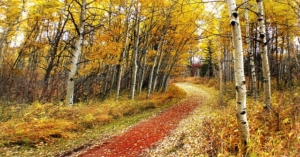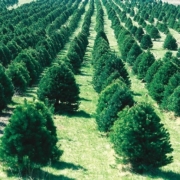Forest Health and Fungi
Forest Health and Fungi
Fungi are all around us. It’s estimated that there are at least 5.1 million different species of fungi in the world. One of the reasons why trees grow to be so large is that certain types of fungi pass vital nutrients to them underground that they might not otherwise have access to.
These nutrients help trees grow, allowing to them to sequester carbon from the atmosphere during their growth phase.
Forests Need Fungi
In forests, certain types of fungi play a very interesting role. Research scientist and mycologist Adnan Uzunovic notes,
“Fungi are very important for nature and forest as they are natural recyclers and many decay fungi do a very important job. Many fungi are present in forests have various roles in forest ecosystem. Apart from those that are recyclers, some are mycorrhizae fungi that form symbiotic relationships with plants providing necessary nutrient to trees. A small minority of fungi are plant pathogens that can kill live trees or affect leaves and needles or cause cankers on stems and twigs, or cause root rots.”
When something in a forest dies, decay fungi help ensure those byproducts are reusable to other forms of forest life. In other words, they help ensure that nothing goes to waste. Mycorrhizae fungi, on the other hand, help plants in forests absorb water and nutrients. In return, the plant provides the fungus with carbohydrates it formed from photosynthesis. It’s a symbiotic relationship because the fungus and plant help each other survive.
Trees Trade Resources
In 1997, Suzanne Simard of the University of British Columbia in Vancouver discovered one of the first pieces of evidence that Mycorrhizae fungi is capable of transferring carbon between a Douglas fir tree and a paper birch tree. It was later discovered that they also facilitate an exchange of nitrogen and phosphorus between plants and that when this type of fungi are paired with a tree, the tree’s immune system becomes heightened, allowing it to better defend itself from more damaging threats, like those from insects or beetles.



